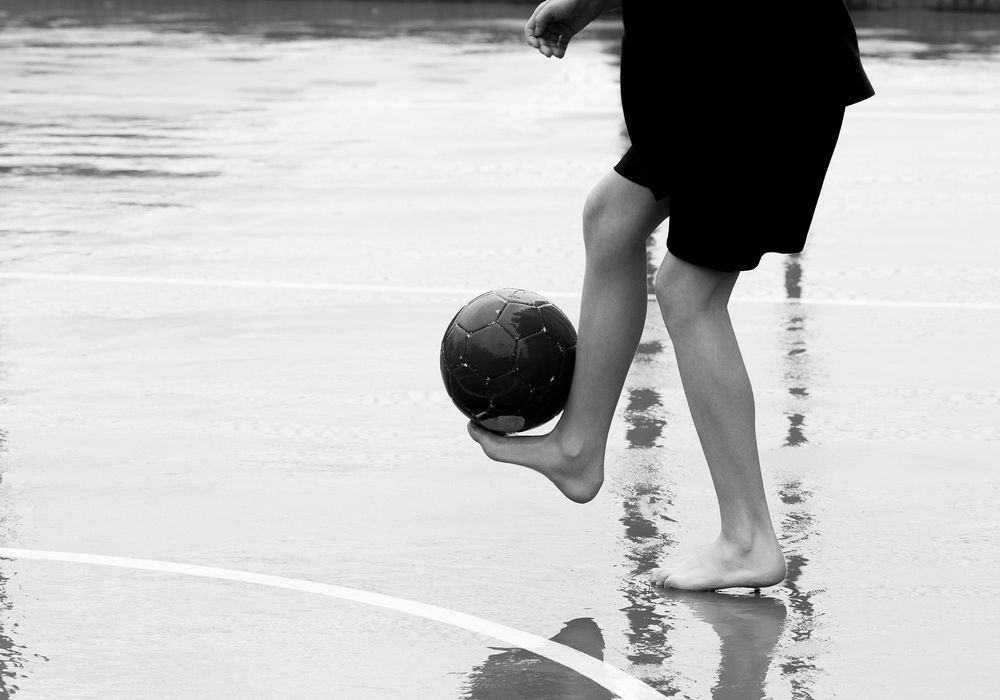How many of you train your feet? I’m willing to bet none of you. The feet are consistently neglected when it comes to sports performance.
But why? They are involved in the start of most athletic movements. The feet are what connect you to the ground and enable you to exert force to display the athletic traits of your individual sport. I talk a lot about building a solid foundation before introducing more complex movements. The feet are no different, strength and function must be built from the ground up.
Weak feet or ankles throw you out of position when performing movements. These movements can be anything from a simple squat in the weight room to a more complex 40 yard sprint. With a movement like sprinting, that involves multiple dynamic foot-strikes throughout a variable distance, imagine how detrimental this lack of foot strength can be. Every time your foot strikes the ground it is translating power from your hips into the ground. If there is a weakness or dysfunction in the feet the amount of force produced will be less than optimal.
Poor performance and energy leaks are one thing, but over time these movement deficiencies can result in a higher likelihood of injury. These injuries will commonly occur in the lower body and torso, but faulty foot mechanics can cause dysfunction and pain as high up as your shoulders and neck. In fact, it is impossible to properly perform any lower body movement with faulty foot mechanics. This is because of the relationship between the hips and feet. The function of one greatly impacts the function of the other. We all know how important the hips are for athletic movement, so you can imagine how a dysfunction in the feet or ankles is detrimental to performance. Training the feet will have a great deal of influence on the mobility, stability, and muscle function of the hip.
The two main types of foot and ankle dysfunction are pronation or supination. Pronation being when more stress is on the inside of the foot. Supination is the opposite, where someone places the stress on the outside of the foot. An athlete with the tendency to pronate is of a greater concern, due to the nature of the ankle caving in. Both kinds of dysfunction need to be addressed to restore full function.
The classification of dysfunction is important to know, but a properly implemented foot strengthening program will address both kinds of issues. This is because the main focus is to restore proper foot mechanics. To improve either pronation or supination dysfunction, the goal is to have the athlete resist foot and ankle movement in the direction of their dysfunction.
Single leg stability exercises are great for strengthening the feet. Start out with simple balance work, you can close your eyes to increase the difficulty. You should be able to quickly progress to adding load. Start by holding a weight on either the same or opposite side of the foot you are balancing on. To improve excessive pronation hold the weight on the opposite side of the leg you are standing on. This forces you to push the ankle outward to resist the forces pulling you into pronation. For supination, hold the weight on the same side as the balancing leg. This will help with the excessive supination, as well as, strengthen the muscles of the inner thigh.
Add in single leg hops and plyometrics to further assist in your foot and ankle strengthening routine. Make this a regular part of your weekly training and you will notice a big change. No matter how fast, explosive, or, agile an athlete is they will see drastic improvements in their game if they improve foot mechanics.
Bottom line, the feet are where most of athletic movement starts and how they function is critical to an athletes ability to express movement during play.

